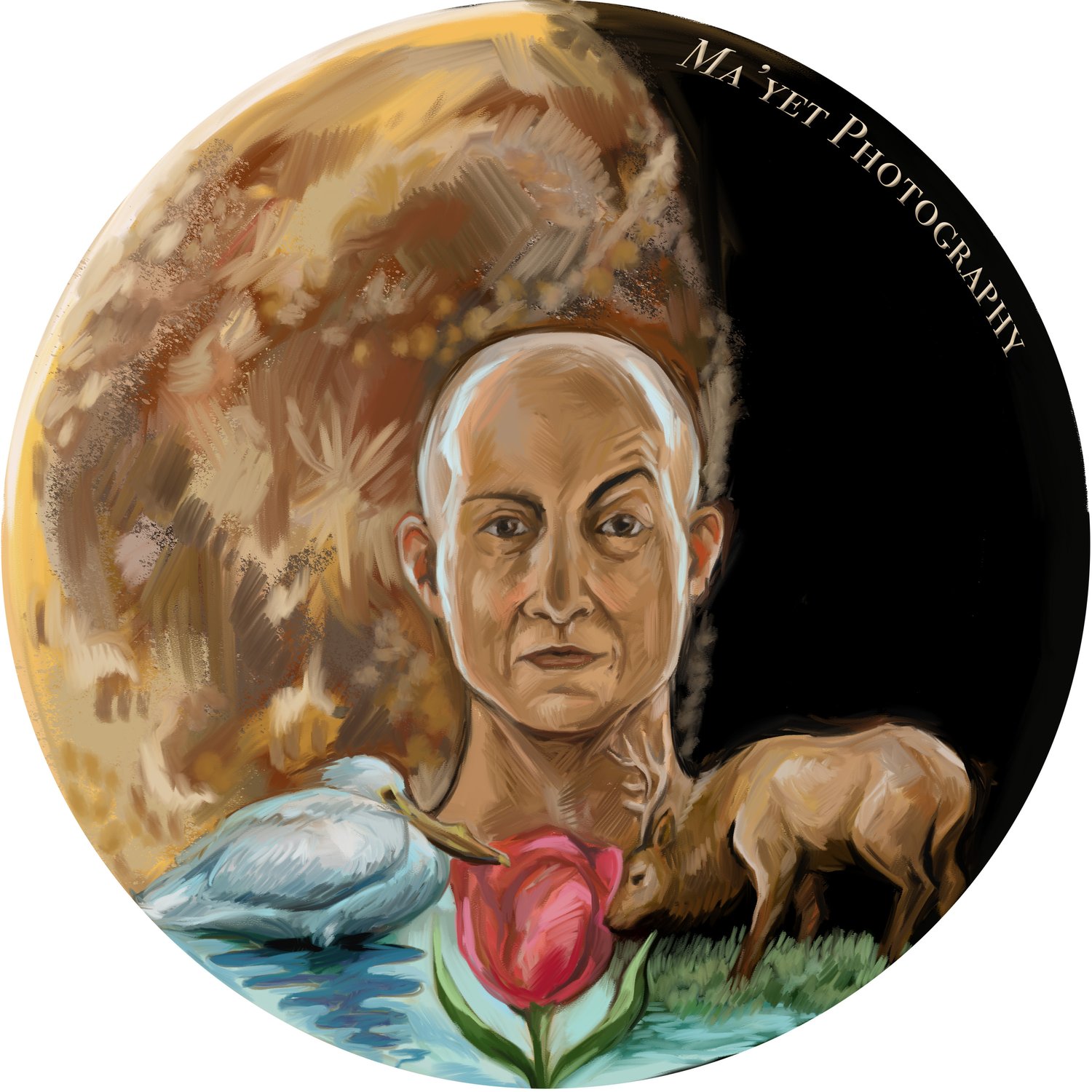 Image 1 of
Image 1 of


The Seven Sisters: A Cosmic Wonder of the Night Sky
The Pleiades, also known as M45 or the Seven Sisters, is one of the most captivating open star clusters in the night sky.
Located about 440 light-years from Earth in the constellation Taurus, this cosmic wonder features dazzling blue stars surrounded by reflective clouds of interstellar dust.
These stars, formed around 100 million years ago from a vast nebula, are best viewed during autumn and winter in the Northern Hemisphere.
Rich in astronomical and cultural significance, the Pleiades has inspired countless myths and legends across civilizations.
Its striking beauty and easy visibility make it a favorite target for astrophotographers and amateur astronomers alike.
The Pleiades, also known as M45 or the Seven Sisters, is one of the most captivating open star clusters in the night sky.
Located about 440 light-years from Earth in the constellation Taurus, this cosmic wonder features dazzling blue stars surrounded by reflective clouds of interstellar dust.
These stars, formed around 100 million years ago from a vast nebula, are best viewed during autumn and winter in the Northern Hemisphere.
Rich in astronomical and cultural significance, the Pleiades has inspired countless myths and legends across civilizations.
Its striking beauty and easy visibility make it a favorite target for astrophotographers and amateur astronomers alike.
The Pleiades, also known as M45 or the Seven Sisters, is one of the most captivating open star clusters in the night sky.
Located about 440 light-years from Earth in the constellation Taurus, this cosmic wonder features dazzling blue stars surrounded by reflective clouds of interstellar dust.
These stars, formed around 100 million years ago from a vast nebula, are best viewed during autumn and winter in the Northern Hemisphere.
Rich in astronomical and cultural significance, the Pleiades has inspired countless myths and legends across civilizations.
Its striking beauty and easy visibility make it a favorite target for astrophotographers and amateur astronomers alike.
